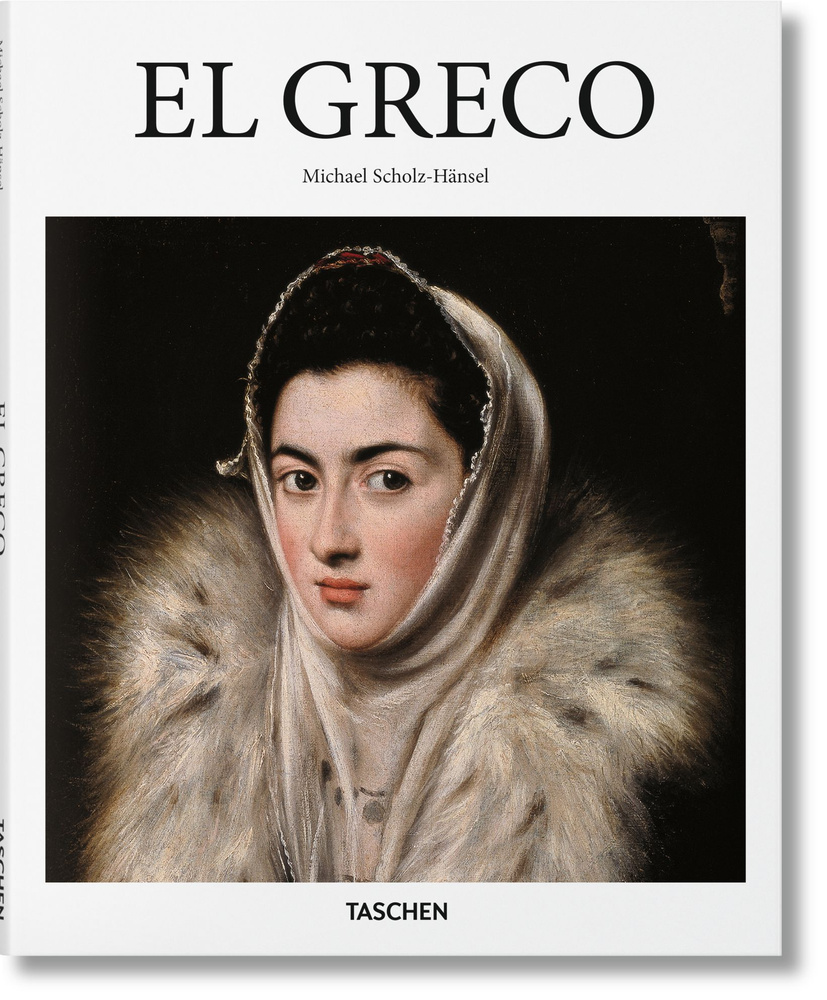- Книги
- Нехудожественная литература
- Искусство и культура
- Искусствоведение








El Greco Basic Art
О книге
Другие предложения от продавцов на Ozon.ru
Описание
Целеустремленный стиль Эль Греко отвергал натурализм и доступность. Такие работы, как "Раздевание Христа" (1577-79), "Погребение графа Оргаза" (1586-88) и "Видение святого Иоанна" (1608-14), демонстрируют удлиненные, искривленные фигуры, нереальные цвета и экспериментальную передачу пространства? все это не поддается легкому просмотру и, напротив, нацелено на искусство эпического величия и интеллектуальной красоты.
Эль Греко, к которому при жизни часто относились с подозрением и критикой, был возрожден группой ярых современных поклонников, включая Пабло Пикассо, Роджера Фрая и пионера Der Blaue Reiter Франца Марка. Сегодня художник принадлежит к привилегированной группе великих художников старых мастеров, являясь в равной степени аномалией своего времени, а также точкой отсчета на протяжении веков.
Комментарий
To his contemporaries in late 16th-century Venice, El Greco (1541–1614) was a contrary fellow, an innate artist blessed with extraordinary talent, but stubborn in the pursuit of his own path. Throughout his career, as he progressed from Crete to Venice, to Rome and ultimately Toledo, Spain, “The Greek” stood apart from his peers, merging different Western art traditions to create a unique pictorial language. El Greco’s single-minded style rejected naturalism and rejected accessibility. Works such as The Disrobing of Christ (1577–79), The Burial of the Count of Orgaz (1586–88), and The Vision of St John (1608–14) reveal elongated, twisted figures; unreal colors; and an experimental rendering of space ? all resistant to easy viewing and intent, instead, on an art of epic grandeur and intellectual beauty. Frequently regarded with suspicion and criticism during his lifetime, El Greco was revived by a troop of ardent modern admirers, including Pablo Picasso, Roger Fry, and Der Blaue Reiter pioneer Franz Marc. Today, the artist belongs to the privileged group of great old master painters, as much an anomaly of his age, as a reference point across the centuries.
- Артикул
- 1259676689
- Издательство
- Taschen
- Серия
- Basic Art Series
- Год выпуска
- 2022
- Тип бумаги в книге
- Мелованная
- Тип обложки
- Твердый переплет
- Тип книги
- Книга на иностранном языке
- Язык издания
- Английский
- Количество страниц
- 96
- Размеры, мм
- 270 x 215 x 15
- Вес товара, г
- 800
- ISBN
- 978-3-8365-3453-6
- Автор на обложке
- Michael Scholz-Hansel
Подборки товаров в категории Книги и альбомы по искусству
Вопросы и ответы 0
Как правильно задавать вопросы?
Будьте вежливы и спрашивайте о товаре, на карточке которого вы находитесь
Если вы обнаружили ошибку в описанием товара, воспользуйтесь функцией
Как отвечать на вопросы?
Отвечать на вопросы могут клиенты, купившие товар, и официальные представители.
Выбрать «Лучший ответ» может только автор вопроса, если именно этот ответ ему помог.



